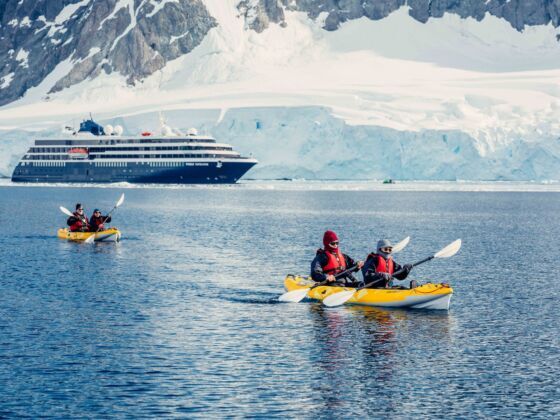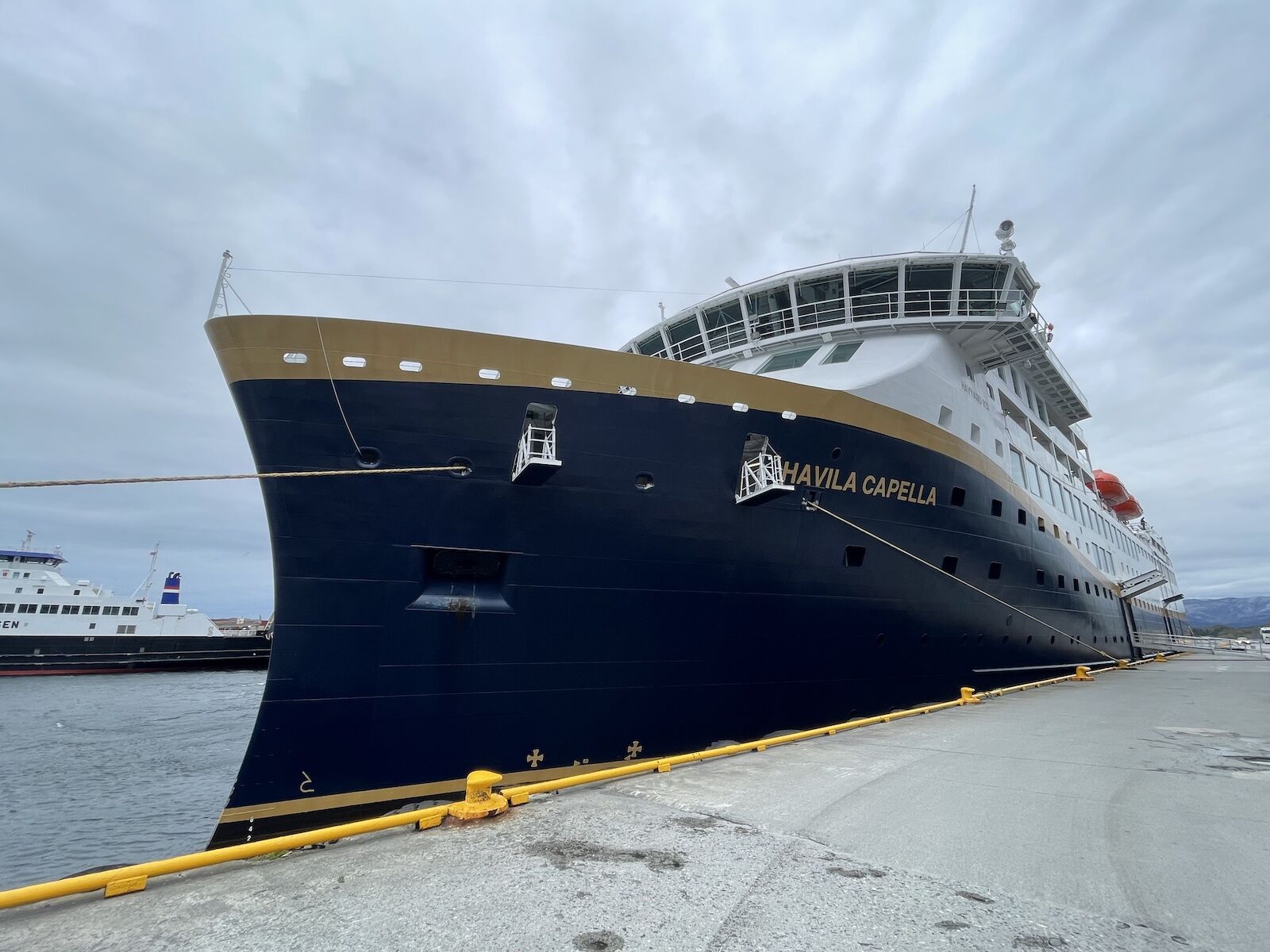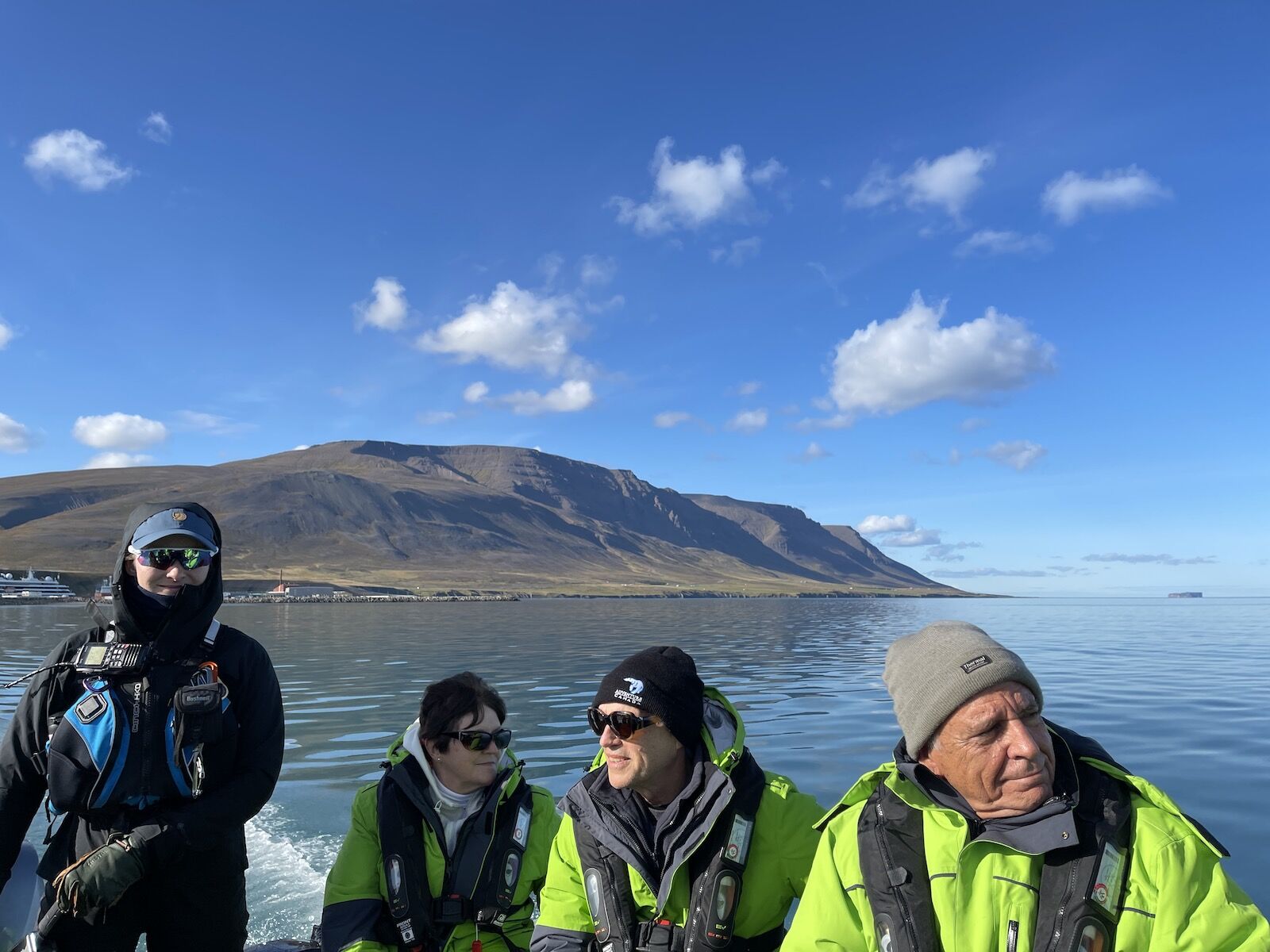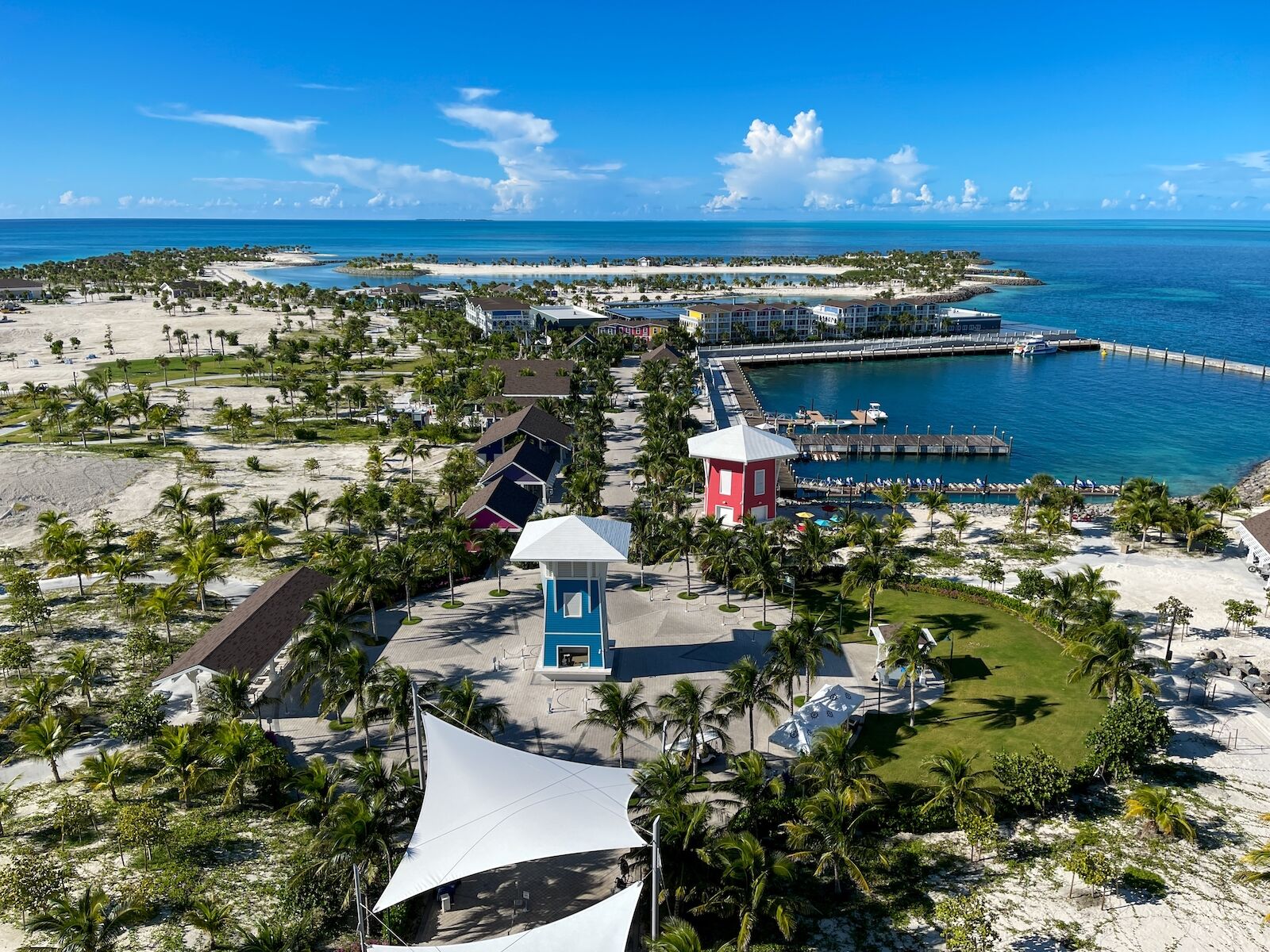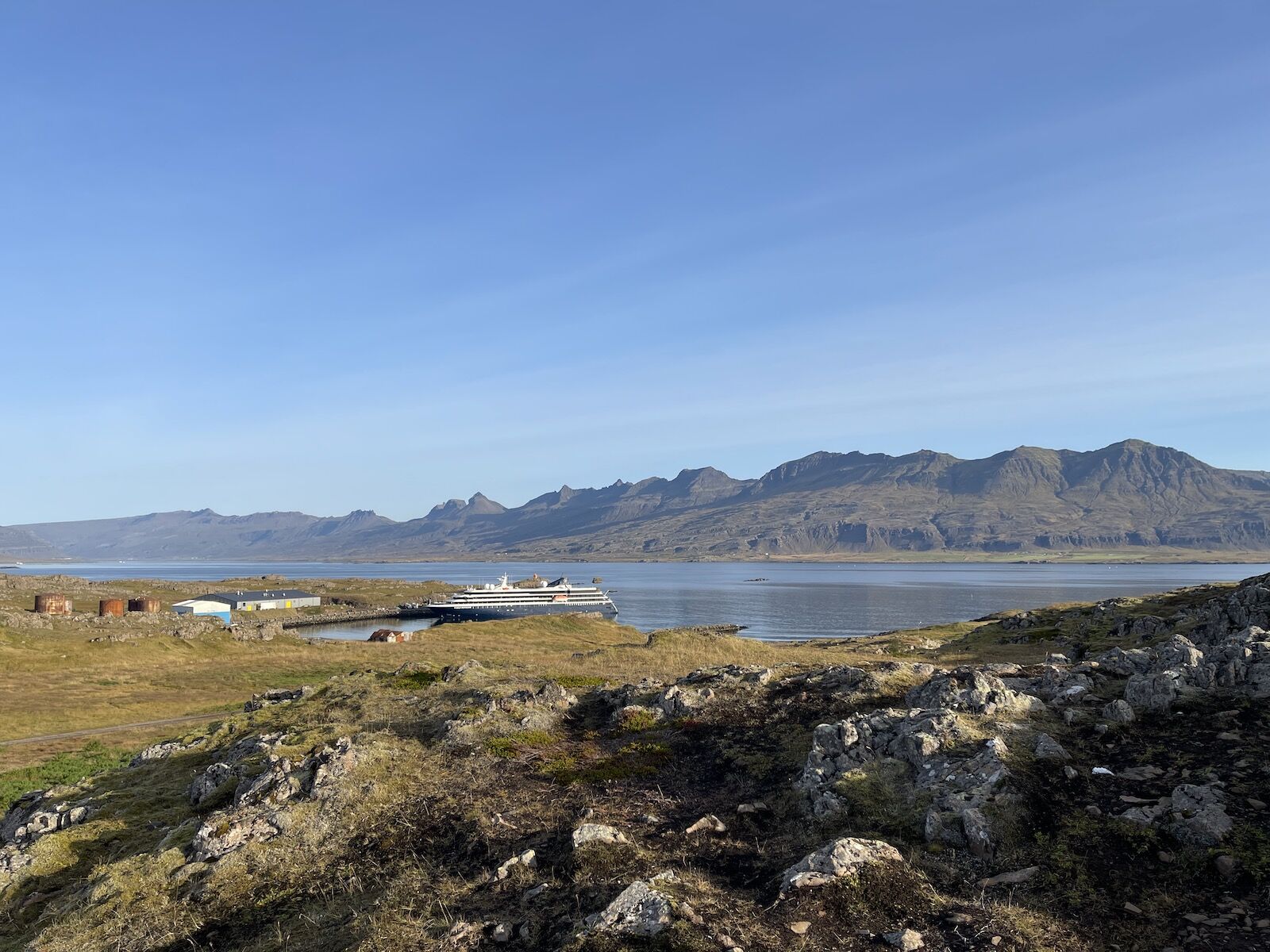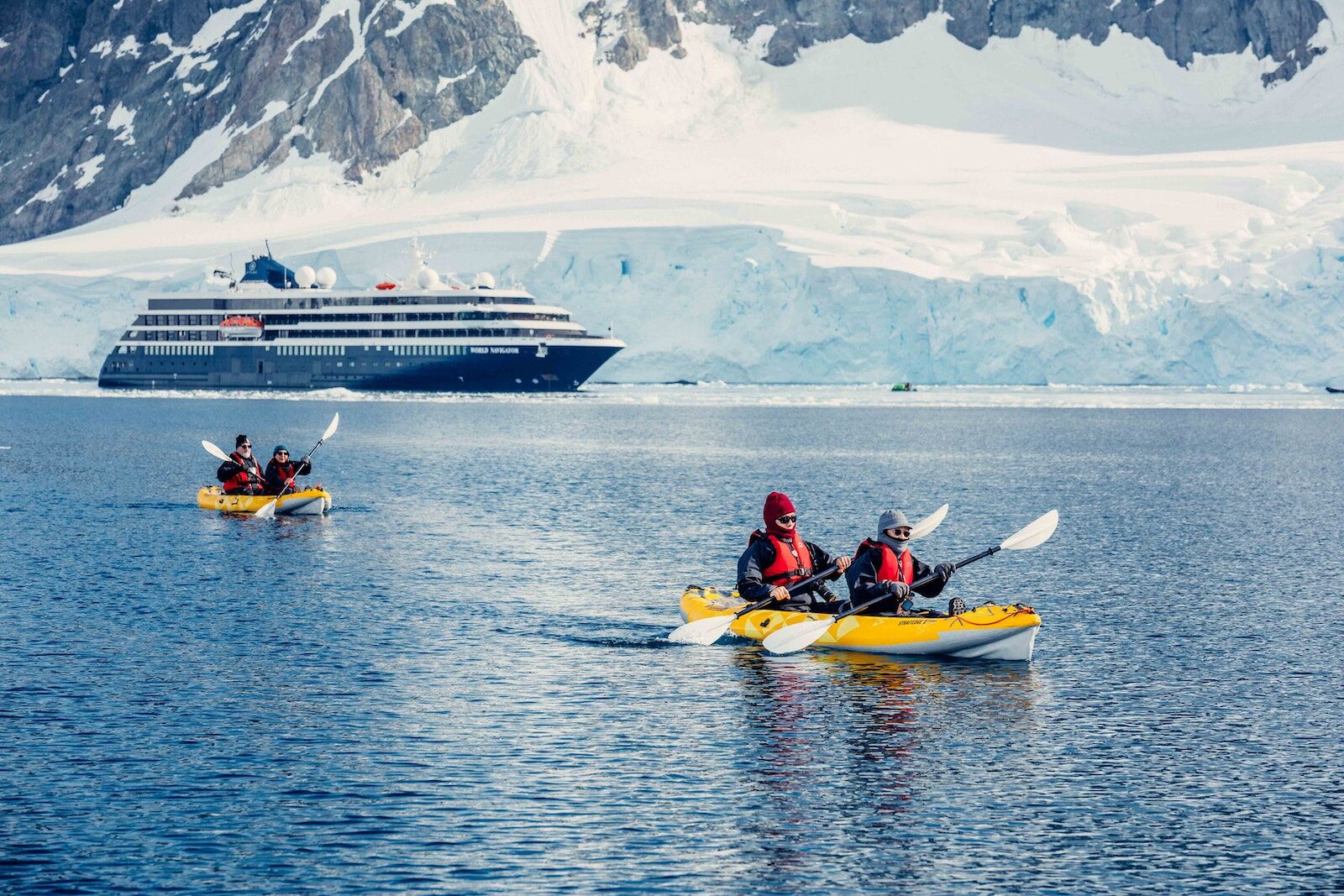Cruising has made quite the comeback. Far removed from the pandemic-era horror stories that some said would sink the industry, cruising continue to grow in popularity among solo travelers, families, and intrepid explorers. Our perception of cruising has changed too, where once we saw cruise ships as floating temples of gluttony, many see them now as convenient ways to explore far-off remote destinations.
So what’s next in the ever-changing world of cruising? We talked to insiders from cruise lines large and small to see what passengers are asking for and how the ships are adapting.
